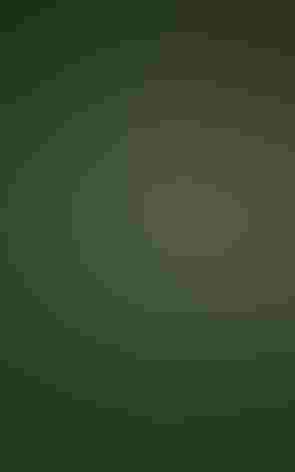Trumpeter Swan
At a Glance
Largest of the native waterfowl in North America, and one of our heaviest flying birds, the Trumpeter Swan was almost driven to extinction early in the 20th century. Its healthy comeback is considered a success story for conservationists. Ordinarily the Trumpeter is quite sensitive to human disturbance; in protected areas, such as some parks and refuges, it may become accustomed to humans and allow close approach.
All bird guide text and rangemaps adapted from Lives of North American Birds by Kenn Kaufman© 1996, used by permission of Houghton Mifflin Harcourt Publishing Company. All rights reserved.
Category
Duck-like Birds, Swans
IUCN Status
Least Concern
Habitat
Fields, Meadows, and Grasslands, Freshwater Wetlands, Lakes, Ponds, and Rivers, Saltwater Wetlands
Region
Alaska and The North, California, Great Lakes, New England, Northwest, Plains, Rocky Mountains, Southwest, Western Canada
Behavior
Direct Flight, Swimming
Population
63.000
Range & Identification
Migration & Range Maps
Most southern populations are non-migratory. Northern Trumpeters move south in late fall as waters begin to freeze. Most migration is by day, flocks often in V-formation, flying low. Spring migration begins early, birds often reaching nesting territory before waters are free of ice.
Description
60-72" (1.5-1.8 m). Quite similar to Tundra Swan, not always safely identified. Trumpeter is larger, with massive all-black bill. Lacks yellow spot before eye (but so do some Tundra Swans). In summer, Trumpeter is mostly farther south than Tundra, but the two overlap in migration and winter. The size difference is apparent when the two species are together, and voices differ.
Size
About the size of a Heron
Color
Black, Brown, Gray, White
Wing Shape
Broad, Long, Rounded
Tail Shape
Rounded, Short, Square-tipped, Wedge-shaped
Songs and Calls
A bugling ko-hoh, lower-pitched than Tundra Swan's call.
Call Pattern
Flat, Undulating
Call Type
Croak/Quack
Habitat
Lakes, ponds, large rivers; in winter, also bays. Favors large but shallow freshwater ponds, or wide, slow-flowing rivers, with lots of vegetation. Most of current range is in forested regions, but at one time was also common on northern prairies.
Sign up for Audubon's newsletter to learn more about birds like the Trumpeter Swan
Behavior
Eggs
4-6, up to 9. Whitish, becoming nest-stained. Female does most of incubating but male often does some; eggs hatch in 32-37 days.
Young
can swim when less than 1 day old. Both adults tend young, leading them to feeding sites. Young are not fully capable of flight until 3-4 months after hatching.
Feeding Behavior
Takes food from underwater, or on or above water's surface; sometimes on land, especially in winter. To forage in deeper water, swans upend with tail up and neck extending straight down, finding food by touch with bill.
Diet
Mostly plant material. Adults eat mainly stems, leaves, and roots of aquatic plants, including pondweed, sedges, rushes, arrowleaf, wild celery, bulrush, burreed, and many others. May eat terrestrial grasses and waste crops in winter. Young eat many insects and other small invertebrates, mainly during first 2 weeks after hatching.
Nesting
Usually forms pairs at age 2-4 years, but nests for first time at age 4-7 years. Often mates for life. Nest site is surrounded by water, as on small island, beaver or muskrat house, floating platform. Nest (built by both sexes, although female may do most of work) is a low mound of plant material, several feet in diameter, with a depressed bowl in the center. Same nest may be used in subsequent years.
Conservation
Conservation Status
Trumpeter Swans once nested over most of North America, but disappeared rapidly as civilization advanced westward; by the 1930s, fewer than 100 remained south of Canada. With protection from hunting and disturbance, populations have rebounded in parts of the northwest. More recent efforts have focused on reintroducing the species to areas thought to be part of the former breeding range, including Minnesota, Wisconsin, Michigan, Ohio, and Ontario.
Climate Threats Facing the Trumpeter Swan
Choose a temperature scenario below to see which threats will affect this species as warming increases. The same climate change-driven threats that put birds at risk will affect other wildlife and people, too.










